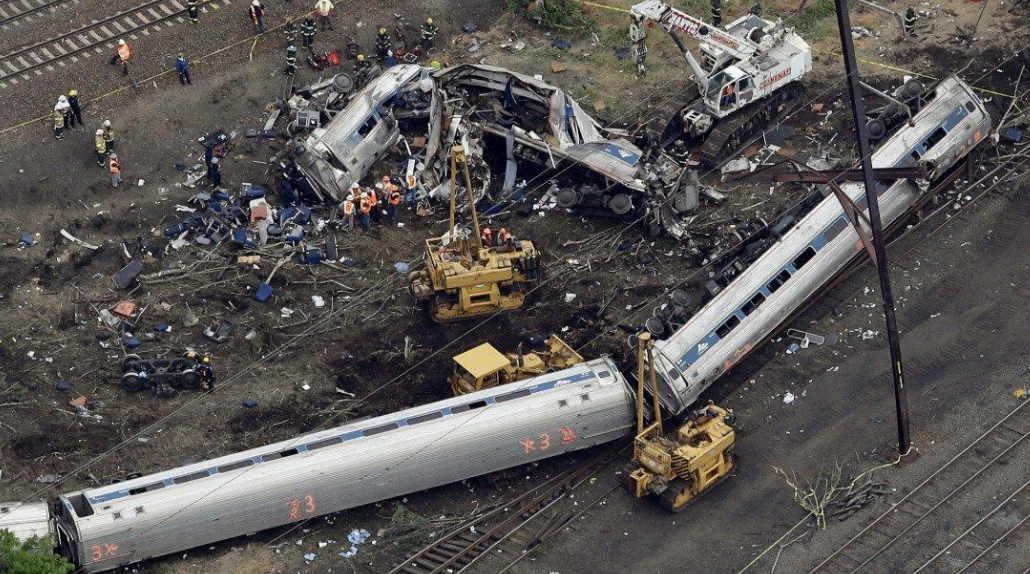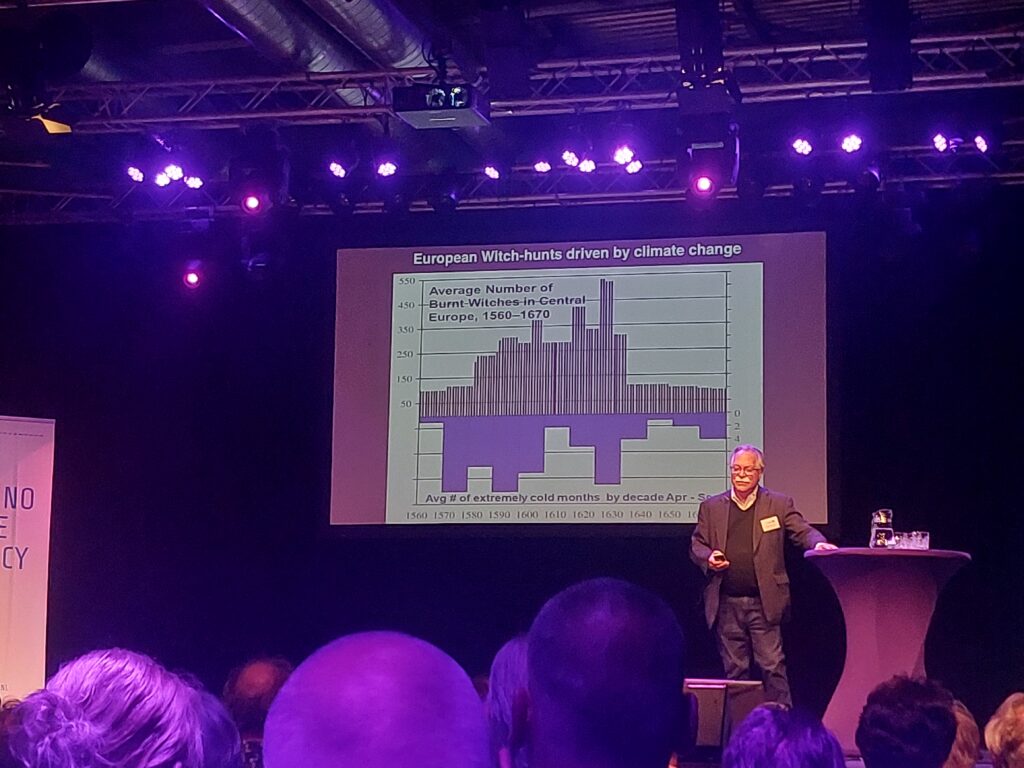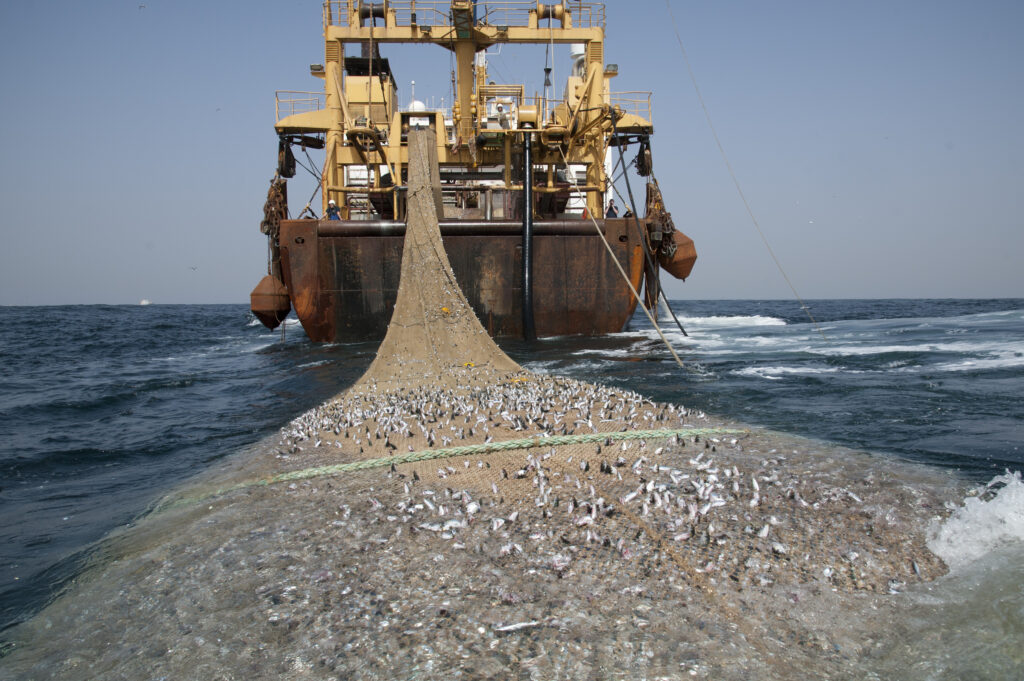The latest fatal Amtrak accident in Washington state was another reminder of the reality of the cost-benefit approach to regulating safety.
When the rail industry and its lobbyists are able to argue against implementing proven safety technology because they don’t want to pay for it — that is, for the sake of higher profits — preventable accidents will continue to happen.
Delayed Regulation, Higher Profits
Avoiding accidents is calculated as a “benefit” for regulators and the industry. However, if the “costs” to invest in safety equipment, technology, and training are more than the industry is willing to pay, then it pushes back on regulations, and if successful, regulators essentially decide to accept a certain number of accidents.
The Associated Press reports that between 1969 and 2015, “nearly 300 people have died in train crashes that could have been prevented” using the automatic braking technology known as positive train control. However, the “benefit” of saving those 300 lives was not enough to get the rail industry to invest in positive train control. That is the reality of rail industry math.
In a Congressional hearing about rail regulation this year, Congressman Bill Shuster said that the goal for regulatory reform should be to “allow the railroad industry to keep more of their profits.” Later in the year Shuster received an award from the rail lobbying group the Association of American Railroads, and according to OpenSecrets.org, over the course of his career, three of the top five donors to his political campaigns have been Berkshire Hathaway (owner of BNSF), and rail companies Union Pacific Corp and CSX Corp.
One proven way for industry to keep more of its profits is to avoid or delay spending on safety technology while instead spending some of those profits on large political donations to members of Congress.
Years of Successful Lobbying
This recent passenger rail accident south of Seattle most likely would have been prevented if positive train control were in place. In 2014 I wrote about positive train control (PTC) in a story titled “How This U.S. Rail Safety Measure Has Been Delayed for 44 Years … And Counting.” Since that article was published, there have been many fatal accidents that could have been prevented, but the rail industry has worked hard and long to delay the implementation of positive train control.
In that article I wrote about how the rail companies were lobbying to extend the deadline for PTC once again. The industry was successful in those efforts mainly because it threatened to shut down and cripple the U.S. economy if Congress held the industry to the timeline — set by Congress in the 2008 Rail Safety Improvement Act — to have PTC fully installed on rail lines by the end of 2015.
While the railroads didn’t implement PTC in the seven years Congress gave them, they did spend that time lobbying against that requirement.
The most recent delay for the implementation of PTC even earned the Association of American Railroads (AAR) the respect of its lobbying peers. In The Hill’s list of Top Lobbyists of 2015 they recognize Edward Hamberger of the AAR, for his work delaying the safety technology, saying, “Hamberger was part of a successful push for a congressional agreement to extend a deadline for automated trains on most of the nation’s railways.”
Apparently a “successful push” to delay safety is worthy of recognition in the lobbying community.
However, Hamberger doesn’t deserve all the credit for delaying safety regulations; he had a lot of paid help. A 2015 article in The Intercept notes the many lobbyists paid to work on the PTC issue for the AAR included Linda Daschle (the wife of former Democratic Senate leader Tom Daschle); Kathryn Higgins, former board member of the National Transportation Safety Board; former Senators John Breaux and Trent Lott; and several other lobbying groups, which include other former members of Congress.
The Intercept also notes that as early as 2009, during an investor call, a Wall Street analyst asked the CEO of rail company Norfolk Southern what “you guys can do in terms of lobbying” on the issue of PTC. When the CEO replied they were working to “educate members of Congress as to what the implications of this legislation are,” the analyst advised him to “further educate” them. That means that in 2009 the industry and its lobbyists were already working to avoid implementing PTC, even though they still had six years before the congressional deadline.
In The Intercept’s 2015 article is an update from Amtrak, which said, “Amtrak is committed to meeting the PTC deadline of December 31, 2015 and is not individually lobbying against the PTC mandate.” And yet almost three years later and after another fatal Amtrak accident, the discussion has returned once again to the question of when PTC will be implemented, with 2020 apparently now the earliest possible date.
Train Safety Rule Rollbacks
As the fatal accidents that could have been prevented by PTC continue to add up, one would hope that the industry and regulators would learn from tragedy and look to prioritize safety over profits. Instead, the rail industry has continued to actively fight the rollout of new safety technologies.
In a story earlier this month, I detailed how the recent rollback of regulations requiring modern electronically controlled pneumatic (ECP) brakes on oil trains included a web of deception that gave the decision to repeal this safety rule the appearance of being based on sound science and data.
One of the many advantages of ECP brakes compared to conventional brakes is the greatly improved stopping distances for trains, a benefit that increases safety when combined with PTC technology. This benefit was noted in a 2006 report prepared for the Federal Railroad Administration (FRA) on the effectiveness of ECP brakes:
“FRA continues to believe that ECP brakes provide numerous safety and business benefits over conventional air brake systems … Trains equipped with ECP brakes provide locomotive engineers with better train control, lowering the risk of derailment … It also complements other rail safety technologies like Positive Train Control systems and Wayside Detection Systems.” [emphasis added]
However, investing in all of those proven safety benefits cut into industry profits. That’s where the work of lobbyists like Edward Hamberger comes into play, and by early December, the Department of Transportation (DOT) announced it would reverse course and repeal the ECP braking regulation.
But Hamberger isn’t one to sit back and enjoy the latest victory. As editorial boards and communities along the railroad tracks frequented by oil trains express their dismay at the Department of Transportation decision, Hamberger is still at work, attacking the research showing the superior safety performance of ECP brakes.
In response to an editorial criticizing the repeal of the braking regulation, Hamberger wrote a letter to the Everett Herald in Washington, making the following claim:
“To rigidly concentrate on ECP brakes as a magic bullet, when testing proves them unreliable, is misleading. None other than the National Academies [sic] of Sciences opined that the safety case for ECP brakes has not been made. This key fact should guide future editorials for accuracy.”
However, testing has not proven ECP brakes are unreliable. That is misleading.
And the claim that the National Academy of Sciences (NAS) has concluded a safety case for ECP brakes “has not been made” is also highly misleading, as I’ve documented. The NAS committee specifically noted: “This report is not intended to be a comprehensive consideration of the performance of ECP brakes relative to that of other braking systems.”
And yet that same report is being used to say that the safety case for ECP brakes has not been made. The NAS has not responded to multiple requests for comment on why the Department of Transportation and the AAR continue to incorrectly credit its scientists for making such a statement about ECP braking performance.
Australia Has Used This Technology for Years
With all the industry attacks claiming ECP brakes are “unproven” and “unreliable,” real-world proof of the brakes’ performance could help shed light on the issue. And in the Department of Transportation’s final ruling on ECP brakes, the agency offers that up in its evaluation of their use in Australia, where the technology has been implemented for more than a decade:
“Although there has been a learning curve in switching from conventional braking to ECP braking, the positive result of the Australian experience is clear evidence that ECP brake systems could be a proven and reliable option for HHFUTs [high-hazard flammable unit trains] in the United States.”
The DOT also noted that Australia has no regulations requiring ECP brakes; rather, the railroads choose to use them. If ECP brakes were unreliable and cost too much to operate, why would Australian companies volunteer to use them? Because, they know from experience what previous research has shown as well: ECP brakes are worth the investment.
But U.S. rail companies have successfully argued against the use of ECP brakes, ignoring the evidence and using misleading statements.
Sarah Feinberg, head of the Federal Railroad Administration at the end of the Obama administration, recently told The Washington Post what I’ve been writing here for several years.
“The science is there, the data is there,” Feinberg said. “Their argument is, despite that data, [they] don’t want to spend the money on it.”
Almost 50 years since positive train control was first recommended, it still isn’t in operation because railroads refuse to pony up the cash that would have saved hundreds of lives. Once again, these companies have successfully argued against investing in another safety measure — this time, in modern braking systems — because they say the costs don’t justify the benefits. In other words, the benefit of keeping more profit.
Main image: The Amtrak train that crashed and killed eight outside of Philadelphia, Pennsylvania, in 2015. Credit: National Transportation Safety Board Preliminary Report
Subscribe to our newsletter
Stay up to date with DeSmog news and alerts







